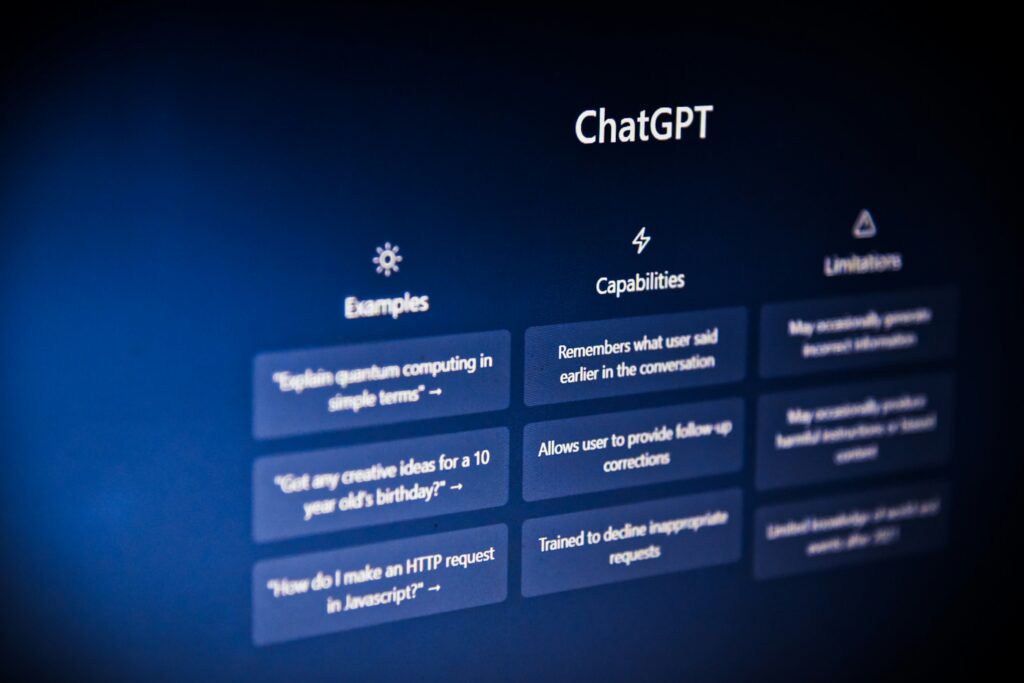To satisfy my sub-goals 1 and 2, I completed the Speechling Foundations modules, which include numbers, calendar, nouns, verbs, and adjectives. Below is a screenshot showing my completion in the app and a video of me saying 5 words from each module.

Learning education technology as a future UVic BEd teacher
To satisfy my sub-goals 1 and 2, I completed the Speechling Foundations modules, which include numbers, calendar, nouns, verbs, and adjectives. Below is a screenshot showing my completion in the app and a video of me saying 5 words from each module.

In EDCI 339, we explored Online Learning Theories, Grand Challenges for Research, Indigenous-centered Online Course Design.

In our lecture, Valerie discussed Tony Bates textbook Teaching in a Digital Age and his explanation of connectivism. Bates (2019) describes connectivism as the idea that knowledge resides in networks, not just in individuals, and that learning is about finding, connecting to, and moving through those networks effectively. As a future teacher, I believe connectivism is important for helping students build their own learning networks both in and beyond the classroom. I want to teach my students how to find resources and build their critical thinking skills, helping them become lifelong learners.
From the keynote with Dr. Tom Reeves, professor from the University of Georgia. After reviewing these keynotes, here are my final thoughts on challenges facing online learning.

Dr. Tom Reeves’ keynote highlighted the long-term impact of COVID. Recent reports show that pandemic-related school closures led to significant learning losses and increased absenteeism, especially for students already facing social and economic disadvantages (Kuhfeld et al., 2022).I’m in a remote course now, and I can see how younger kids could struggle with motivation and focus. I personally procrastinate on work when I’m not in a class setting, where I have social pressure from friends and teachers
Photo by Mohammad Shahhosseini on Unsplash
Another problem Dr. Tom Reeves mentioned is teacher burnout. Online teaching can mean extra prep and constant emailing; messaging and pressure to be available. As a future teacher, I want to have a balance and not let technology interfere with my family time.

Photo by Jeswin Thomas on Unsplash

AI, such as ChatGPT, is becoming a problem; it’s everywhere, even in Google search results. I think CHATGPT can be used responsibly and offer benefits. But when students use it to answer all their questions, it raises concerns about their problem-solving skills.
Photo by Levart_Photographer on Unsplash
Reference
Bates, A. W. (Tony). (2015). Teaching in a Digital Age : Guidelines for designing teaching and learning for a digital age (2nd Edition). BCcampus.
Kuhfeld, M., Soland, J., Tarasawa, B., Johnson, A., Ruzek, E., & Liu, J. (2022). COVID-19’s impact on learning and strategies for catch-up. Brookings Institution. https://coilink.org/20.500.12592/kv8kz9
Reeves, T. C. (2025, May 29). [Keynote on grand challenges in online learning] [Video]. Google Drive. https://drive.google.com/file/d/1OoTWCCrzc9XroWz2c5t7IN955-BQSMQd/view
Reeves, T. C., Herrington, J., & Oliver, R. (2005). Design research : a socially responsible approach to instructional technology research in higher education. Journal of Computing in Higher Education, 16(2), 96–115. https://doi.org/10.1007/BF02961476

This week, I began exploring my inquiry topic more deeply by reviewing several peer-reviewed articles and educator resources about game-based learning. One source was Game-Based Learning: Pros, Cons & Implementation Tips for Educators (Jordan Nisbety, 2023.), which linked to multiple research studies and reports that expanded my understanding of how teachers use games in classrooms and the challenges they face.
Gives some great research articles that I explored further:
The Level Up Learning survey (Games and Learning Publishing Council, 2014) collected data from 694 K–8 teachers across the United States to examine how digital games are used in instruction.
Some game based learning tools I would like to further explore are:
I reached out to past mentor teachers to ask if they use digital-based learning in their classrooms and their thoughts and opinions on the topic. I have not received an email back but will provide an update once I receive more information.
After further research into digital game-based learning, I want to include more game-based activities in my future classroom. Studies demonstrate the effectiveness of game-based learning in boosting student engagement and learning outcomes. Before introducing any game, I would spend time practicing and exploring the tool myself to ensure it matches my grade level, learning objectives, and classroom needs.
Bakan, U., & Bakan, U. (2018). Game-based learning studies in education journals: A systematic review of recent trends. Actualidades Pedagógicas, 72, 119–145. https://doi.org/10.19052/ap.5245ResearchGate+2abclearnings.s3.amazonaws.com+2
Bragg, L. A. (2012). The effect of mathematical games on on-task behaviours in the primary classroom. Mathematics Education Research Journal, 24(4), 385–401. https://doi.org/10.1007/s13394-012-0045-4
Nisbet, J. (2023, July 25). Game-based learning: Pros, cons & implementation tips for educators. Prodigy. https://www.prodigygame.com/main-en/blog/game-based-learning/
Pratama, L. D., & Setyaningrum, W. (2018). Game-based learning: The effects on student cognitive and affective aspects. Journal of Physics: Conference Series, 1097, 012123. https://doi.org/10.1088/1742-6596/1097/1/012123
Takeuchi, L. M., & Vaala, S. (2014). Level up learning: A national survey on teaching with digital games. Joan Ganz Cooney Center at Sesame Workshop.
© 2025 Island Teacher Adventures
Theme by Anders Noren — Up ↑